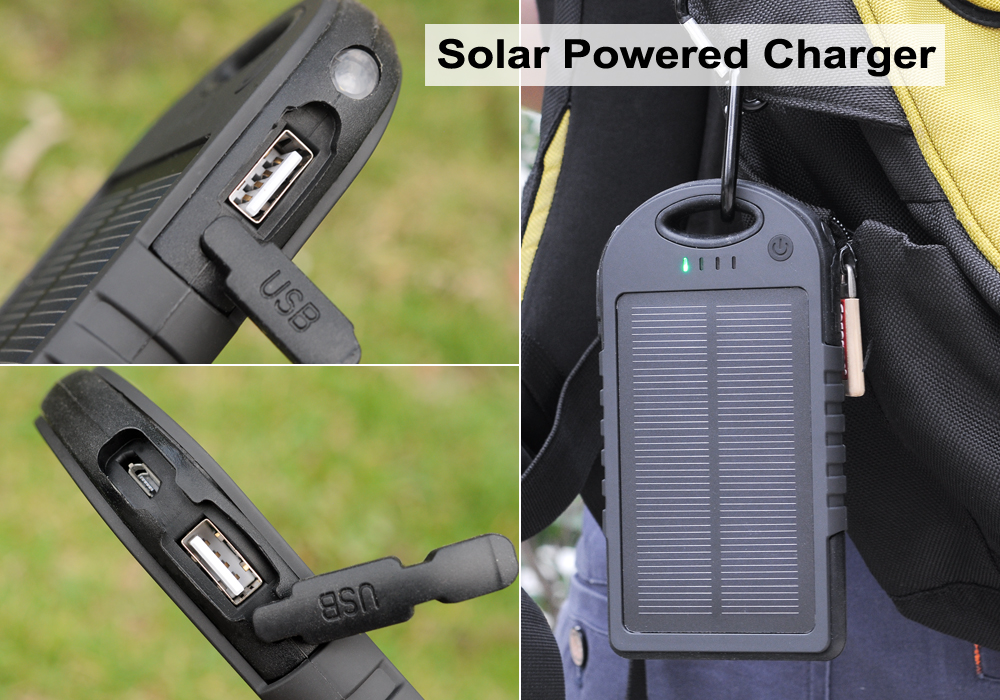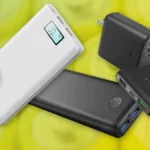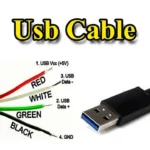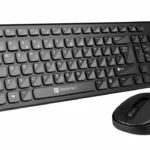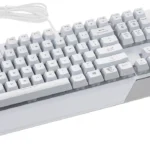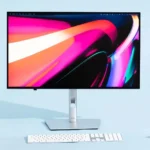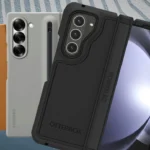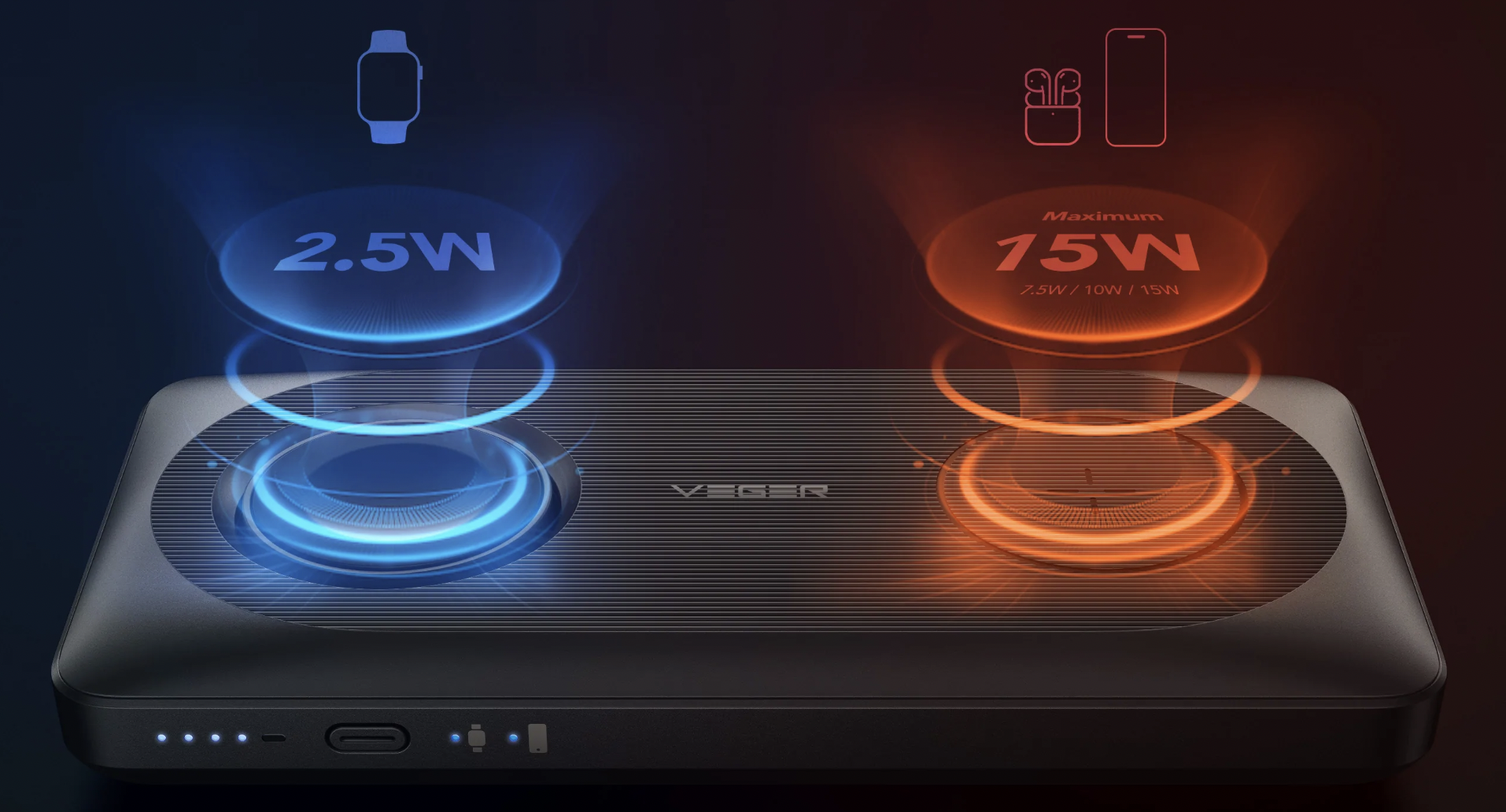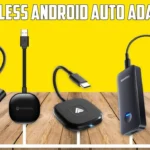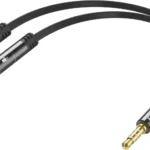When it comes down to portable renewable energy, you have two practical choices to choose from: solar chargers or kinetic chargers. The latter harvests power from movement while the former harvests power from sunlight.
The question now is, which will work best for answering your needs for renewable energy – solar packs and rechargers or hand cranks and leg motion chargers?
Speed
When it comes to the speed of charging a device, solar chargers perform a bit slower than theirkinetic counterparts– assuming vigorous and continuous motion can be maintained for enough time.
The current generations of portable hand crank chargers will take around 2 to 3 hours of to completely fill up a 2,000mAh power bank. Similarly-sized portable solar rechargers, on the other hand, can generate roughly half amount of power in the same amount of time.
This means that portable kinetic chargers like hand cranks and pedal cranks can churn out a lot more juice – if you are willing to put in the effort to do so.
Ease of Use
Solar chargers win the ease of use category, hands down.
You just need to unfurl your portable solar recharger pack or hoist a solar backpack and you’re good to go. The only effort you need to put in is when you need to occasionally adjust the panels to face the sun so they get as much direct sunlight as possible.
Contrast that with the effort required to generate kinetic energy to charge your devices, and the results basically explain themselves.
Reliability
Solar chargers may be easier to use, but they can’t be used at all times of the day.
The thing about solar batteries is that they work only during the day and when there’s plenty of sunlight to draw power from. Kinetic chargers like hand cranks, however, can be used day or night and in all weather conditions.
This makes kinetic chargers the more obvious choice for when you need a quick shot of electricity to power your gadgets in emergency situations.
Longevity
The longevity of your charger depends largely on the manufacturer and how well you take care of your device, but solar chargers tend to last longer thanks to their less demanding use.
Kinetic chargers involve a lot of violent motion to generate electricity. The same movement that creates power also hastens the eventual wearing out of all the moving parts due to friction. Proper maintenance and replacements could extend the lifespan of kinetic chargers, but this is an expensive and frustratingly common thing you’ll have to deal with.
Solar chargers won’t last forever, of course, but they tend to last significantly longer than their kinetic counterparts that have to deal with friction and the heightened risk of a violent mishap.
Portability
This one is a tie between the two types of chargers as they are both small and can be easily carried around.
Kinetic chargers can be used while stationary and while moving. Hand cranks can be used while sitting down, and pedal cranks can be attached to bike chains for movement. Solar chargers can also be used while stationary and while moving. Panels can be unpacked and hooked up to solar power banks while foldable panels can be woven into jackets or backpacks to be used while moving.
Keep all these tidbits in mind, and you’ll be able to make a better informed choice on whether to rely to solar chargers or kinetic chargers to power your gadgets. Of course, no one’s stopping you from bringing both kinetic and solar chargers with you on your trip!
On the lookout for low-cost but high-performance solar chargers? Visit Chinavasion.com today to learn more about what the gadget wholesaler has to offer!

Jimmy is a dedicated and experienced author of this tech blog. He wants to be helpful and offer great content to his readers, but he also needs to make sure that the site is profitable so it can continue running. If you have any questions or concerns about our work please don’t hesitate to contact us!

